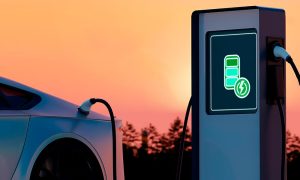The report “The Future of Trucks” by the International Energy Agency (IEA) concludes that applying digital technologies to freight transport and logistics can reduce energy consumption by 20% to 25%.
The positive figures are due to route optimization and real-time monitoring, creating a system where electric fleets, combined with smart grids, not only reduce emissions and energy consumption but also improve operational efficiency, a crucial factor in urban environments.
According to the National Commission for the Efficient Use of Energy (CONUEE), electric vehicles can achieve energy efficiencies of up to 77%.
Read also: “Samsara Intelligent Operations” presents innovations for fleets

Challenges
In this context, the combined implementation of electric fleets, advanced charging infrastructure, and smart grids will enable more efficient management of urban resources and reduce the environmental impact of transport.
By 2037, it is expected there will be around 17,780 charging stations, according to estimates from the National Energy Control Center (Cenace) and the Ministry of Energy, representing 3.1% of national electricity consumption.
However, Mexico still faces challenges in charging and electric transmission infrastructure, which could hinder the necessary expansion to meet the growing demand for light, heavy, and passenger electric vehicles.

The design of specific charging infrastructures for fleets will be essential to ensure a successful transition to more sustainable transport.
A report by the Mexican Institute for Competitiveness (IMCO) warns that investment in electric transmission networks has not been sufficient to cover the annually growing energy demand. This highlights the need to strengthen system conditions to integrate electromobility on a large scale.







